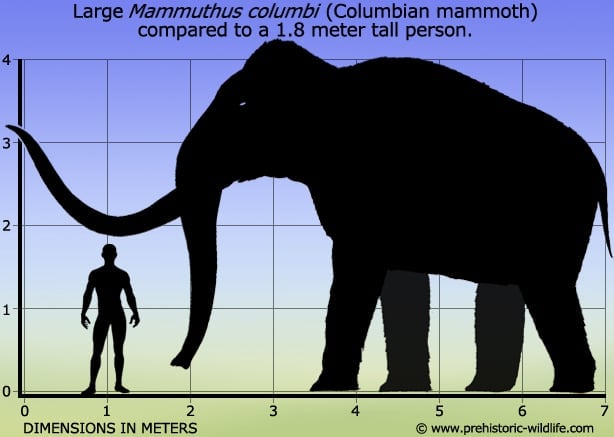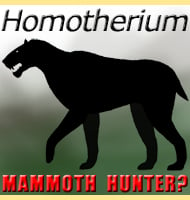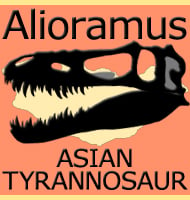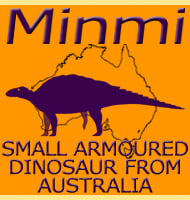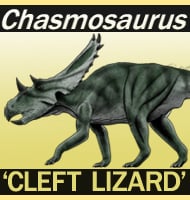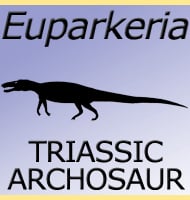In Depth
Further Reading
– North American Proboscideans: Mammoths: The state of Knowledge, 2003. Quaternary International. 126-128: 73–25. – Larry D. Agenbroad. – Advances in proboscidean taxonomy & classification, anatomy & physiology, and ecology & behavior. – Quaternary International. 126–128: 5. – J. Shoshani & P. Tassy – 2005. – Columbian mammoth petroglyphs from the San Juan River near Bluff, Utah, United States. Rock Art Research: The Journal of the Australian Rock Art Research Association (AURA), Vol. 28, No. 2 – Ekkehart Malotki & Henry D. Wallace – 2011. – New skeletal remains of Mammuthus columbi from Glynn County, Georgia with notes on their historical and paleoecological significance. – Southeastern Naturalist. 11 (2): 163–172. – D. B. Patterson, A. J. Mead & R. A. Bahn – 2012. – Geographic variation of diet and habitat of the Mexican populations of Columbian Mammoth (Mammuthus columbi). – Quaternary International. 276–277: 8–16. V. C. A. N. P�rez-Crespo, J. N. Arroyo-Cabrales, M. Benammi, E. Johnson, O. J. Polaco, A. Santos-Moreno, P. Morales-Puente & E. Cienfuegos-Alvarado – 2012. – Attempted DNA extraction from a Rancho La Brea Columbian mammoth (Mammuthus columbi): Prospects for ancient DNA from asphalt deposits. – Ecology and Evolution. 4 (4): 329–336. – D. A. Gold, J. Robinson, A. B. Farrell, J. M. Harris, O. Thalmann & D. K. Jacobs – 2014. – Friesenhahn Cave: Late Pleistocene paleoecology and predator-prey relationships of mammoths with an extinct scimitar cat. – Late Cretaceous to Quaternary Strata and Fossils of Texas: Field Excursions Celebrating 125 Years of GSA and Texas Geology, GSA South-Central Section Meeting, Austin, Texas, April 2013. pp. 15–31. – Russel W. Graham, Ernest L. Lundelius, Laurence Meissner & Keith Muhlestein – 2014. – Late Quaternary sea-level history and the antiquity of mammoths (Mammuthus exilis and Mammuthus columbi), Channel Islands National Park, California, USA. – Quaternary Research. 83 (3): 502–521. – D. H. Muhs, K. R. Simmons, L. T. Groves, J. P. McGeehin, R. Randall Schumann & L. D. Agenbroad – 2015. – Mammuthus population dynamics in Late Pleistocene North America: divergence, phylogeography, and introgression. – Frontiers in Ecology and Evolution. 4. – Jacob Enk, Alison Devault, Christopher Widga, Jeffrey Saunders, Paul Szpak, John Southon, Jean-Marie Rouillard, Beth Shapiro, G. Brian Golding, Grant Zazula, Duane Froese, Daniel C. Fisher, Ross D. E. MacPhee & Hendrik Poinar – 2016. – Diet and habitat for six American Pleistocene proboscidean species using carbon and oxygen stable isotopes. – Ameghiniana. 53 (1): 39–51. – V. A. P�rez-Crespo, J. L. Prado, M. T. Alberdi, J. Arroyo-Cabrales & E. Johnson – 2016. – A simulation of anthropogenic Columbian mammoth (Mammuthus columbi) extinction. – Historical Biology. 31 (5): 610–617. – M. Klapman & A. Capaldi – 2019.
